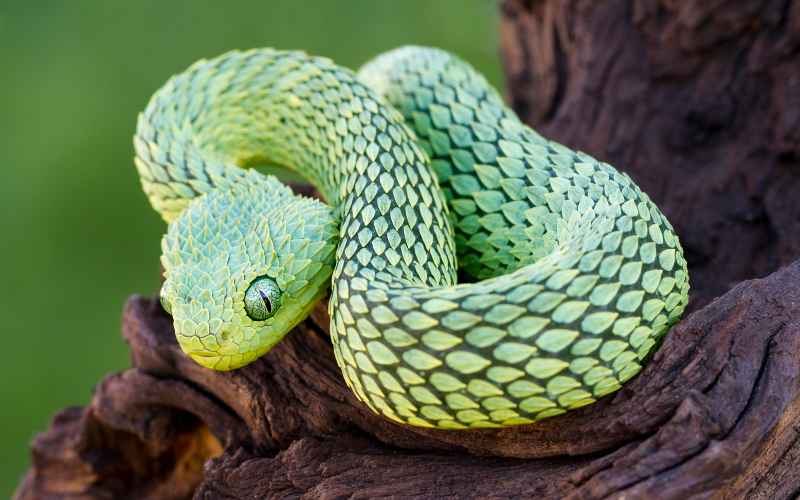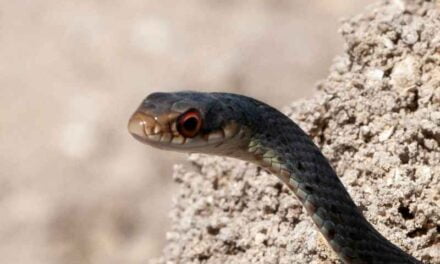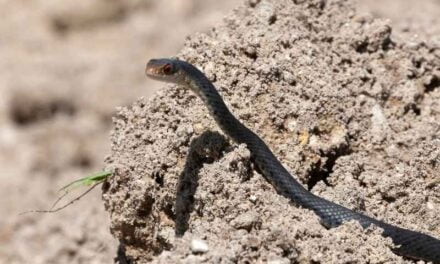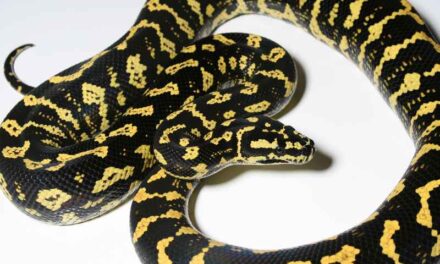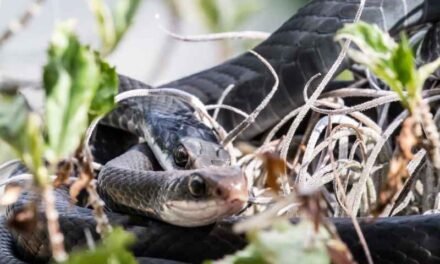African bush vipers are arboreal, venomous snakes native to the rainforests of Central and West Africa. They are known for their bright green coloration, which allows them to blend in seamlessly with their surroundings. These snakes are ambush predators, meaning they lie in wait for their prey to come to them.
Hunting Techniques
Bush vipers use a variety of techniques to hunt, depending on the species and the environment. Some common hunting techniques include:
- Ambush hunting: Bush vipers will often perch on a branch or other elevated surface, waiting for prey to pass by. They may also coil up in leaf litter or other debris, making them even more difficult to see.
- Striking: When prey comes within range, the bush viper will strike quickly and accurately, using its venomous fangs to deliver a lethal dose of venom.
- Swallowing: Once the prey is subdued, the bush viper will swallow it whole. Bush vipers have very flexible jaws and can swallow prey that is much larger than their own heads.
Prey Selection
Bush vipers are opportunistic feeders and will eat a variety of prey, including small mammals, birds, amphibians, and reptiles. They are particularly fond of frogs and lizards. Bush vipers will also prey on other snakes, including their own species.
Camouflage
African bush vipers are masters of camouflage. Their bright green coloration allows them to blend in perfectly with the leaves and foliage of the rainforest. This camouflage is essential for both hunting and avoiding predators.
Venom
Bush viper venom is highly potent and can be fatal to humans. However, most bites are not fatal, and many people make a full recovery. Bush viper venom is used in traditional medicine in some parts of Africa.
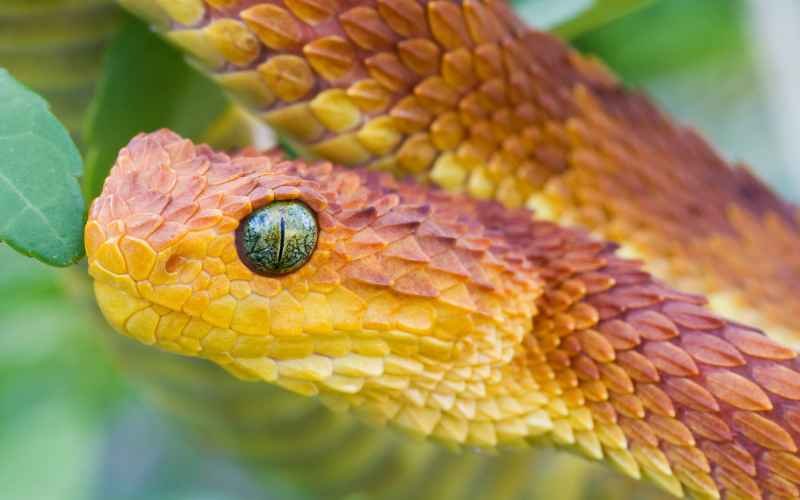
Venom Composition:
The venom of the African Bush Viper is a complex mixture of proteins, enzymes, and peptides. It is primarily hemotoxic, meaning it affects the blood and circulatory system. The venom contains components that disrupt blood clotting, induce inflammation, and cause tissue damage. These snakes have relatively small venom glands, but their venom is potent and adapted to their hunting style.
How It Works:
When the African Bush Viper strikes, it injects its venom through its fangs into the prey. The venom’s components work in a coordinated manner to incapacitate the prey. Here’s how it happens:
- Hemotoxins: These toxins target the victim’s blood. They prevent blood from clotting properly, leading to uncontrolled bleeding. The prey’s blood vessels become damaged, and it starts to ooze blood, weakening the animal and making it easier to subdue.
- Cytotoxins: Cytotoxins cause cell damage and breakdown of tissue. The affected area swells and becomes painful, further immobilizing the prey.
- Neurotoxins: While not as potent as those found in some other venomous snakes, African Bush Vipers do contain mild neurotoxins. These can cause muscle weakness and paralysis in the prey, making it easier for the snake to consume.
- Digestive Enzymes: The venom also contains enzymes that start breaking down the prey’s tissues externally before ingestion. This pre-digestion process enables the snake to consume its meal more efficiently.
- Pain and Stress: The pain and stress caused by the venom further incapacitate the prey, as it experiences extreme discomfort and anxiety, leading to shock and eventual death.
Self-Defense Mechanism:
African Bush Vipers are not inherently aggressive and usually prefer to avoid confrontation. However, like all snakes, they have a self-defense mechanism that comes into play when they feel threatened. When provoked or cornered, they may strike, delivering a potentially dangerous bite.
The venom, even when used defensively, can cause harm to humans or other animals. It’s essential to handle these snakes with caution and respect and, if found in the wild, to observe them from a safe distance. In many African regions, African Bush Vipers are protected by law, and disturbing them can be illegal.
Importance to the Ecosystem
Bush vipers play an important role in the rainforest ecosystem by helping to control populations of small mammals, birds, and reptiles. They are also a food source for larger predators, such as birds of prey and snakes.

Conservation Status
African bush vipers are not currently listed as threatened or endangered. However, they are vulnerable to habitat loss and fragmentation. The rainforests of Central and West Africa are being cleared at an alarming rate for agriculture, logging, and mining. This habitat loss is a major threat to bush vipers and other rainforest animals.
The venom of the African Bush Viper is a potent tool that aids in its hunting and self-defense. Its complex composition serves to immobilize and subdue prey efficiently, and it highlights the remarkable adaptability of this species to its rainforest habitat. While the snake’s venom is undoubtedly deadly, it is a key component of the intricate web of life in the African rainforests, where every species plays a unique role in maintaining the balance of this vibrant ecosystem.

